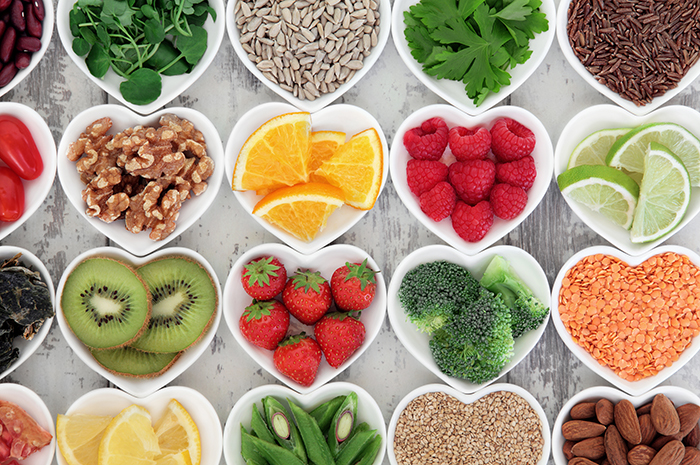What exactly are superfoods? Do these foods contain special powers, much like your children’s favorite super heroes? And more importantly, will you kids eat them? All very good questions plenty of parents ask themselves. The trend of “superfoods” has gone global with nutritionists, doctors, and health advisors advocating for these magical foods, but what exactly qualifies something as a superfood? A superfood defined is simply a nutrient-rich food considered to be especially beneficial for your health and well-being.
With an abundance of processed food on the market, knowing what superfoods are is crucial to making healthy food choices. Since not all superfoods are equal in the eyes of a child, here is a list of 5 superfoods your children will love.
Blueberries
These tiny berries pack a nutritional punch, having the highest antioxidant count when compared to all other fruit varieties. Brimming with vitamins and antioxidants, blueberries also help children meet their fiber quota and have been shown to lower the risk of type 2 diabetes and heart disease when consumed regularly. These delicious berries make for the perfect snack when in season, but the good news is that freezing blueberries doesn’t damage the antioxidants. Try serving them in oatmeal, baking them into muffins, blending them into yogurts or tossing them into salads. And, unlike a lot of other superfoods, blueberries are always an easy sell.
Oatmeal
Unfortunately oatmeal is often overlooked, especially when compared to colorful, sugary breakfast cereals, but oatmeal doesn’t have to be boring! Loaded with soluble fiber, iron, and protein, oatmeal gives children long-lasting energy and keeps them full during long school days. Try making this super food even more delicious by topping it with fresh or frozen fruit, nuts or cinnamon.
Greek Yogurt
A superhero in the dairy aisle, Greek yogurt is packed with beneficial bacteria, protein, potassium, calcium, and vitamins B6 and B12. What distinguishes Greek yogurt from the herd is its thicker, creamier texture, the fact that it contains probiotic cultures, is lower in lactose, and has twice the protein of regular yogurts. Your kids will love the creamy, pudding like texture for a snack or dessert – it’s best paired with fruits and honey.
Quinoa
Often referred to as the supergrain, quinoa is high in fiber, contains all eight essential amino acids to make it a complete protein, is high in B vitamins, iron, zinc, potassium, calcium and Vitamin E and is naturally gluten free. One of the best parts of quinoa is that it takes on the flavors of the food it’s prepared with, making it the perfect complement for both savory and sweet recipes – try pairing it with a meatball dinner or adding it to pancake batter, kids are sure to love it!
Eggs
Considered the gold standard for protein content, eggs are one of the rare foods that can be made in a variety of ways with each version taking on a different texture and taste. Not only is the egg versatile and full of protein, it also contains more than a dozen vitamins and minerals as well as a large concentration of choline – a nutrient vital for brain development in young children. Eggs make the perfect alternative to breakfast cereals, try feeding your kids scrambled eggs or a healthy omelet, it’s guaranteed to keep them fuller longer and a great way to ensure they are getting their vital nutrients.

